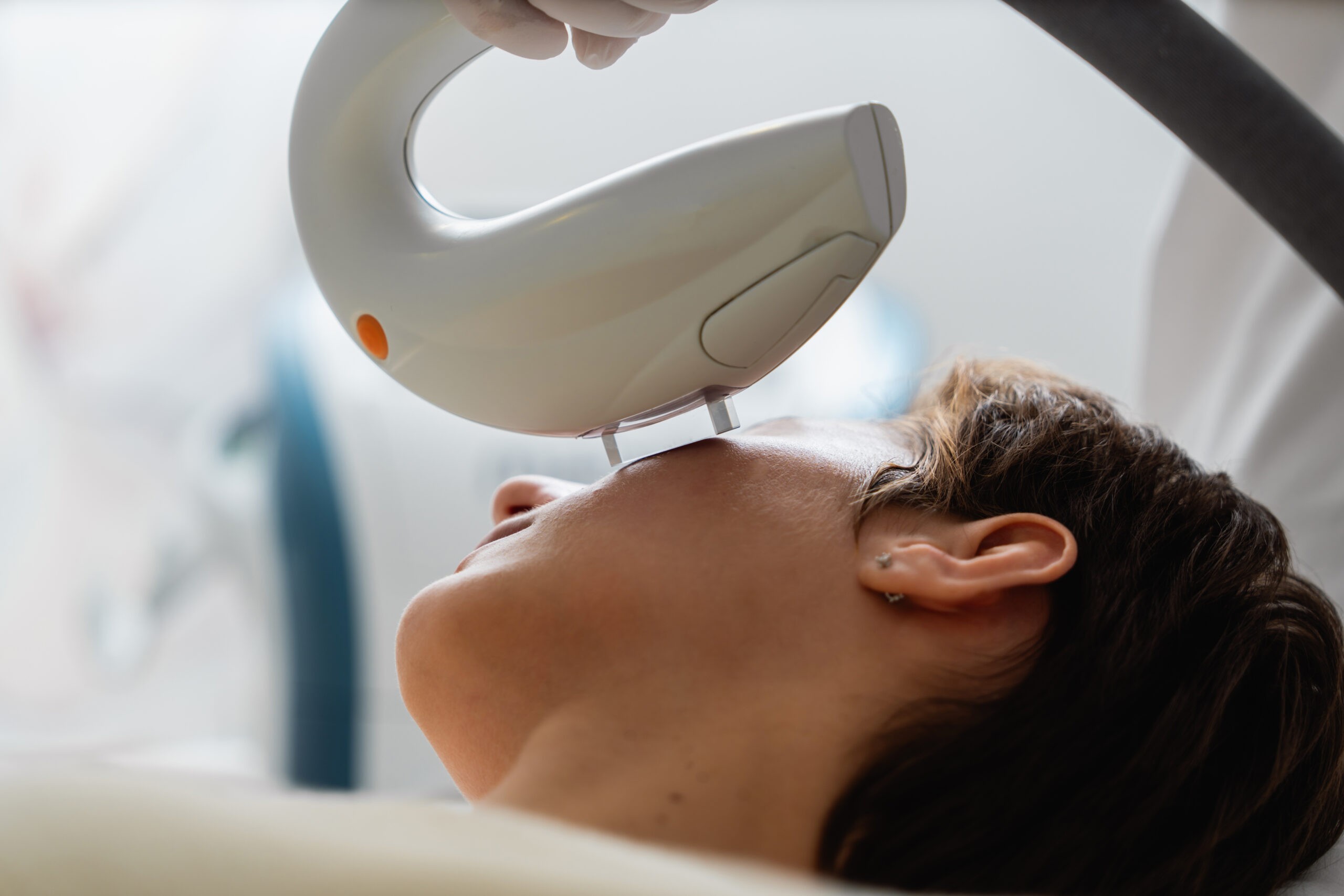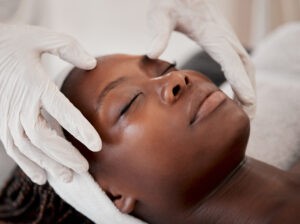
Understanding Broken Capillaries
Broken capillaries, also known as spider veins or telangiectasia, are small, enlarged blood vessels that appear close to the surface of the skin. Often red or purple in color, they commonly develop on the face and legs. Factors like genetics, sun exposure, extreme temperature changes, and even aging can contribute to their appearance.
While harmless, broken capillaries can be a cosmetic concern, prompting many to seek treatment options that reduce their visibility. Among the most effective non-invasive treatments are Intense Pulsed Light (IPL) and BroadBand Light (BBL). But which one delivers better results, and how do you decide the right option for your skin?
What Is IPL?
Intense Pulsed Light, or IPL, is a treatment that uses multiple wavelengths of light to target pigmentation, redness, and broken blood vessels in the skin. It’s often called a photofacial and is popular for treating conditions like rosacea, sunspots, and small facial veins.
IPL works by sending light into the skin where it’s absorbed by the pigment in blood vessels. The heat then destroys these capillaries without harming surrounding tissue. Over time, the body clears away these treated vessels, and skin tone improves.
What Is BBL?
BroadBand Light, or BBL, is an advanced form of IPL developed by Sciton, a leader in light-based technologies. BBL also targets pigmentation, redness, and vascular issues, but it uses a more refined and customizable technology. The wavelengths in BBL are adjustable, allowing for greater control over depth and intensity. This means treatments can be tailored more precisely to a patient's skin type and specific concern.
BBL comes with additional safety features, temperature control, and pulse duration modulation—all of which make it a more comfortable and potentially more effective option for many patients.
Comparing IPL and BBL for Broken Capillaries
Though IPL and BBL share a similar base technology, their performance in treating broken capillaries differs in several ways:
1. Precision and Customization
BBL’s main advantage lies in its level of customization. With adjustable filters and smart motion technology, BBL allows practitioners to fine-tune settings based on skin type, severity of the condition, and sensitivity. IPL devices usually offer fewer settings.
For broken capillaries that vary in size and depth, this customization means BBL can target both shallow and somewhat deeper vessels more effectively.
2. Comfort and Safety
BBL treatments typically include features such as advanced cooling and faster pulse rates, which make sessions more comfortable. IPL can sometimes involve more discomfort, especially with older or less advanced devices.
Patients with darker or sensitive skin tones may benefit from BBL’s updated safety protocols, which reduce the risk of burns or pigmentation changes.
3. Results and Downtime
Both IPL and BBL require multiple sessions—often three to six spaced several weeks apart—to see optimal results. However, BBL’s precision allows it to produce visible improvements with potentially fewer sessions.
As for downtime, both treatments typically allow patients to return to daily activities quickly. Minor redness or swelling lasting a few hours is common after either procedure.
4. Long-Term Benefits
Studies suggest that regular BBL treatments help maintain youthful skin and prevent new capillaries or pigmentation from forming. Photo-therapy with BBL may even affect gene expression related to aging, promoting long-term skin health. While IPL also rejuvenates skin, BBL may offer broader anti-aging advantages.
Ideal Candidates for IPL vs. BBL
-
IPL is suited for individuals with lighter skin tones who have mild imperfections, including minor broken capillaries and sun damage. If affordability is a primary consideration and your skin is less reactive, IPL might be suitable.
-
BBL is suited for those looking for a more customized, comfortable experience with versatility in treating both vascular and pigmented lesions. If treatment safety, enhanced results, and cutting-edge technology are priorities, BBL is likely the better choice.
Professional Expertise Matters
While both IPL and BBL can deliver excellent outcomes, results depend heavily on proper diagnosis, device quality, and practitioner expertise. Only a trained skincare professional can assess your skin condition, determine the root causes of your broken capillaries, and recommend the right protocol.
It’s important to avoid at-home light therapy devices marketed for broken capillaries. These lack the power, precision, and safety mechanisms required to treat vascular issues and may worsen the condition.
Cost Considerations
BBL is a premium service due to its newer generation technology and advanced features. On average, a single BBL treatment may cost more than IPL, but it can reduce the number of sessions required and deliver longer-lasting results. Pricier up front, BBL may be more cost-effective in the long term.
Many clinics offer packages or membership plans to make repeated treatments more affordable. Always ask about options for bundling services and post-treatment skincare to extend your results.
The Verdict: Which Is Better?
In conclusion, both IPL and BBL are clinically proven to improve the appearance of broken capillaries. However, BBL stands out as the more advanced, customizable, and comfortable option for many patients. If precise targeting, fewer sessions, and long-term skin health are your priorities, BBL may be the superior choice.
That said, the best treatment for you depends on your unique skin type, lifestyle, and budget. Speaking with a licensed professional is the most important step in understanding your options and getting the results you want.
Book Your Capillary Consultation Today
Broken capillaries don’t have to be a lifelong concern. Whether you’re considering IPL or BBL, our experienced team is here to guide you through what works best for your individual skin. Book a personalized consultation today and take the first step toward clearer, more even-toned skin!

